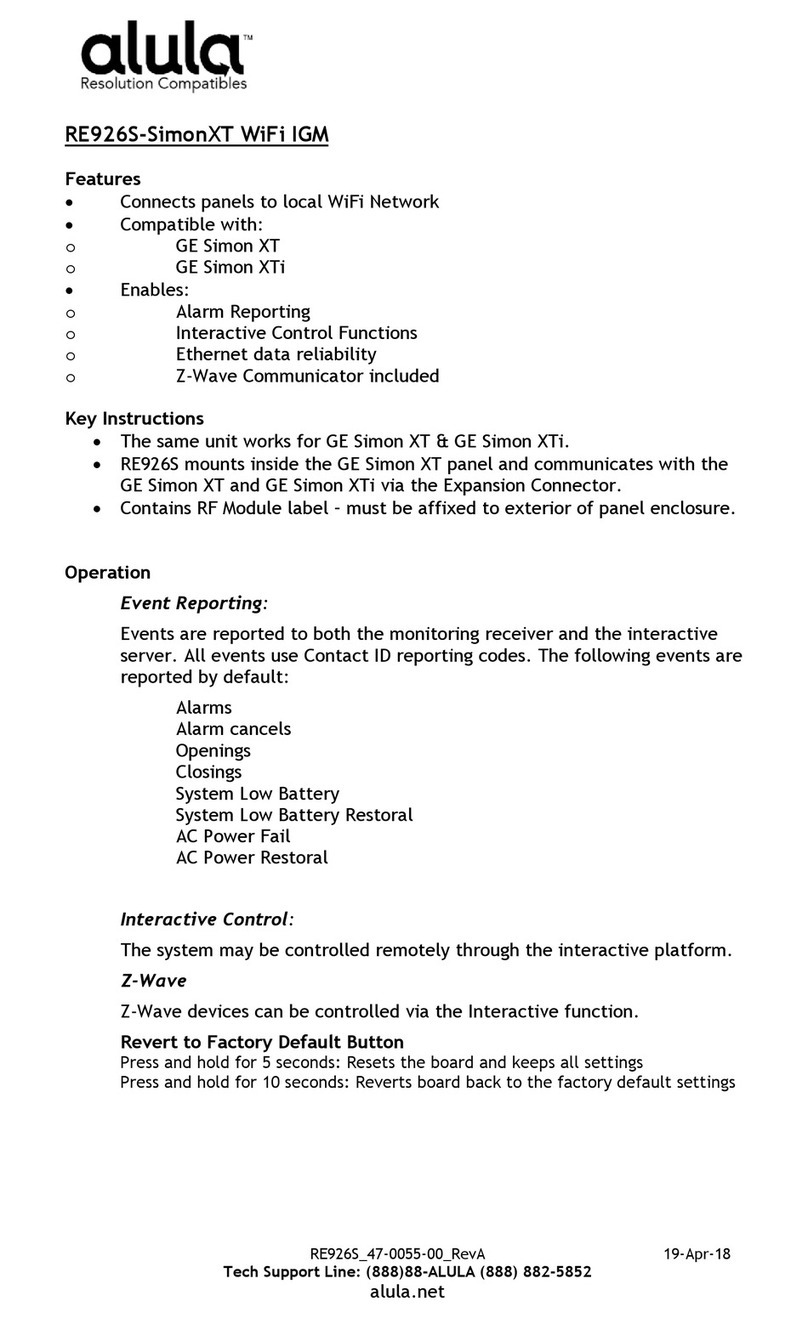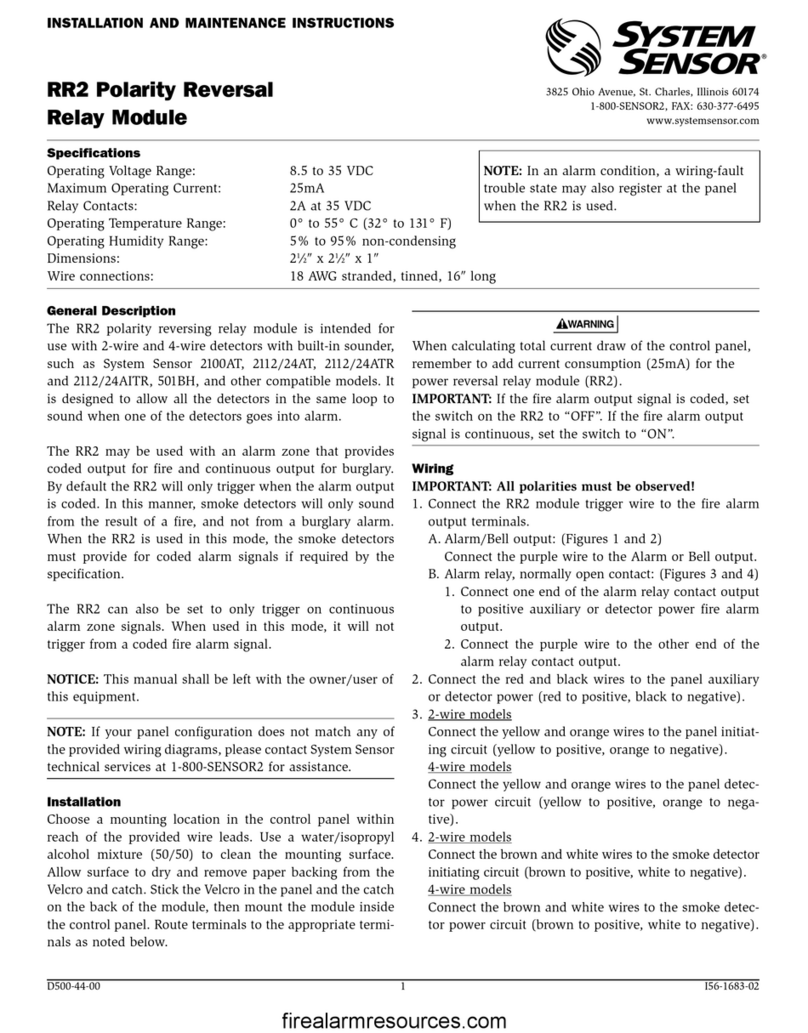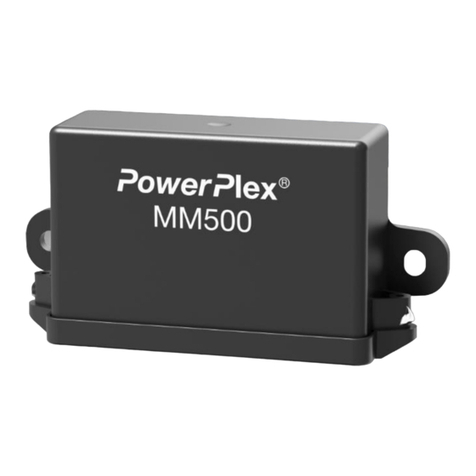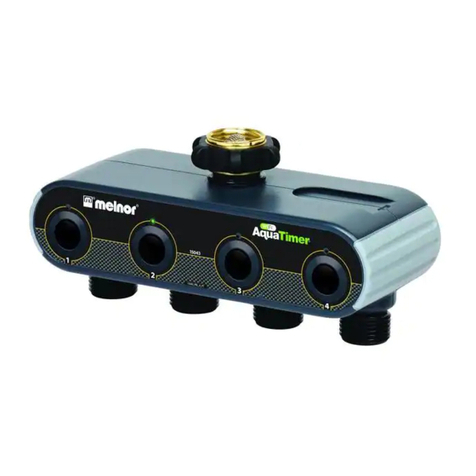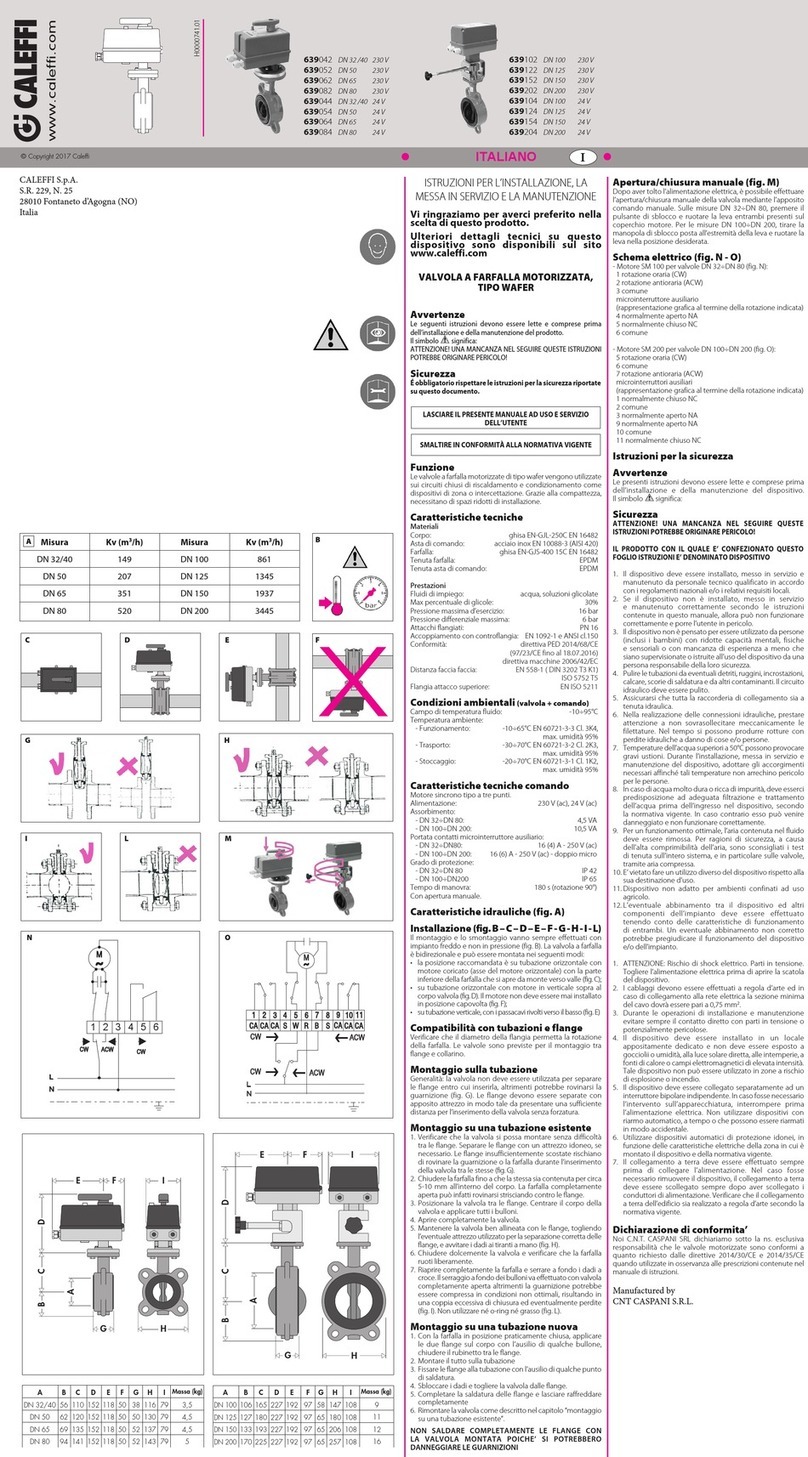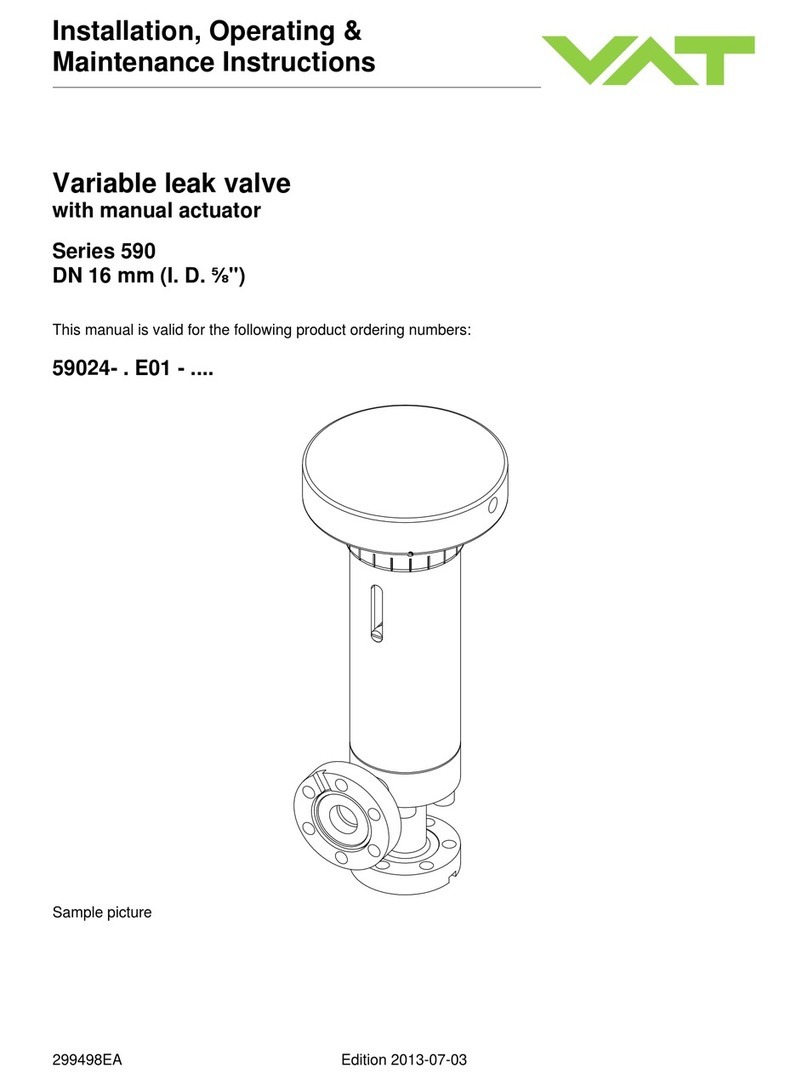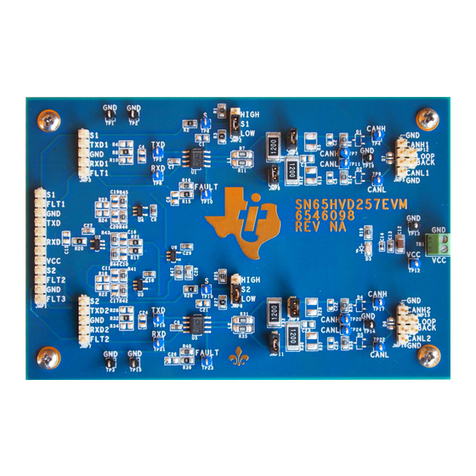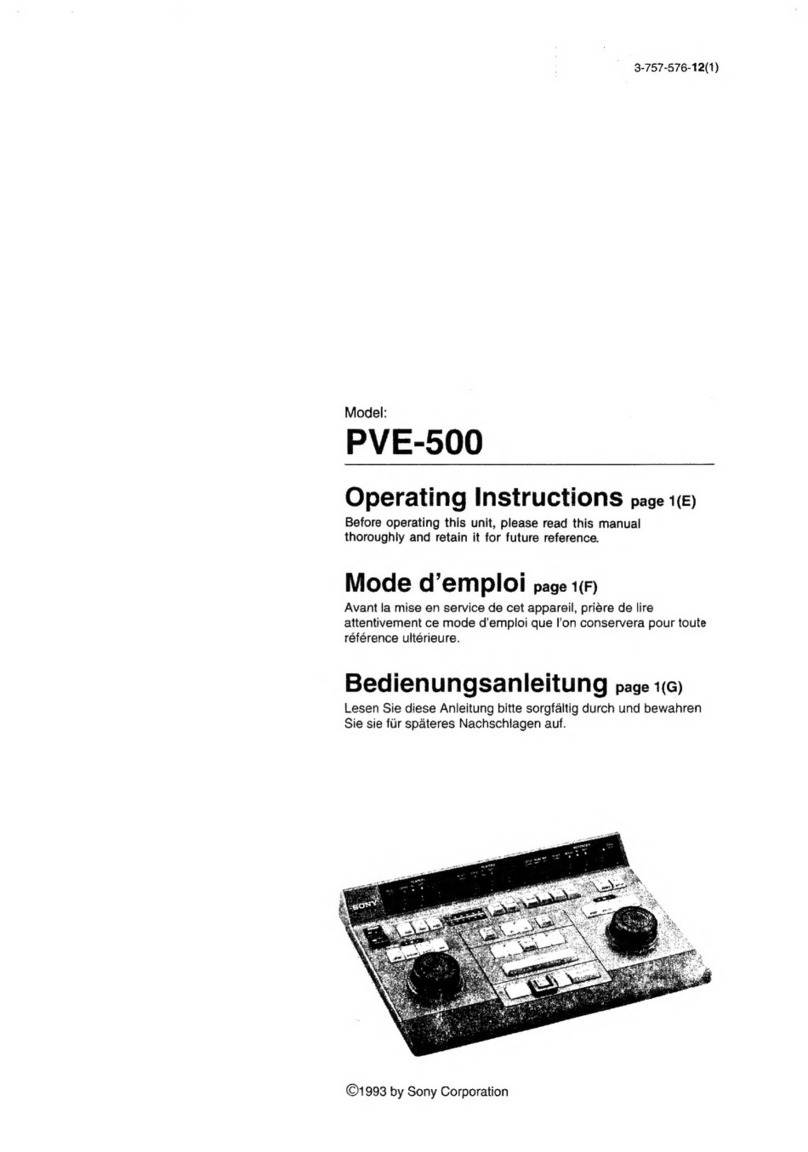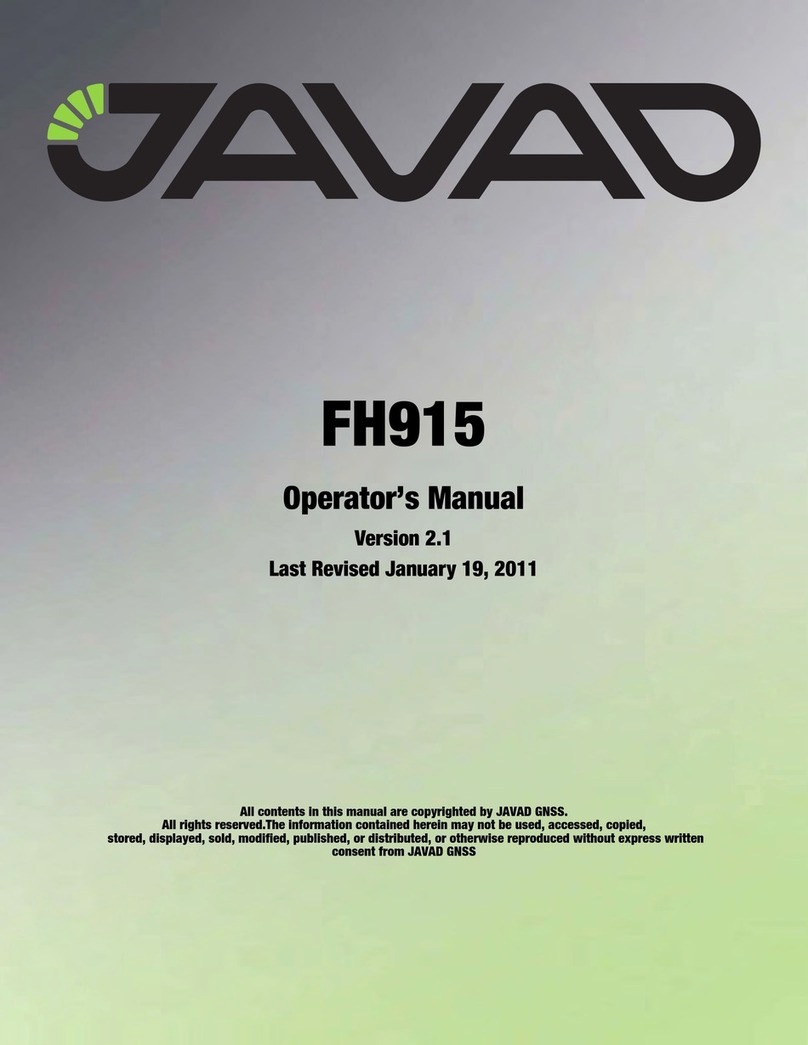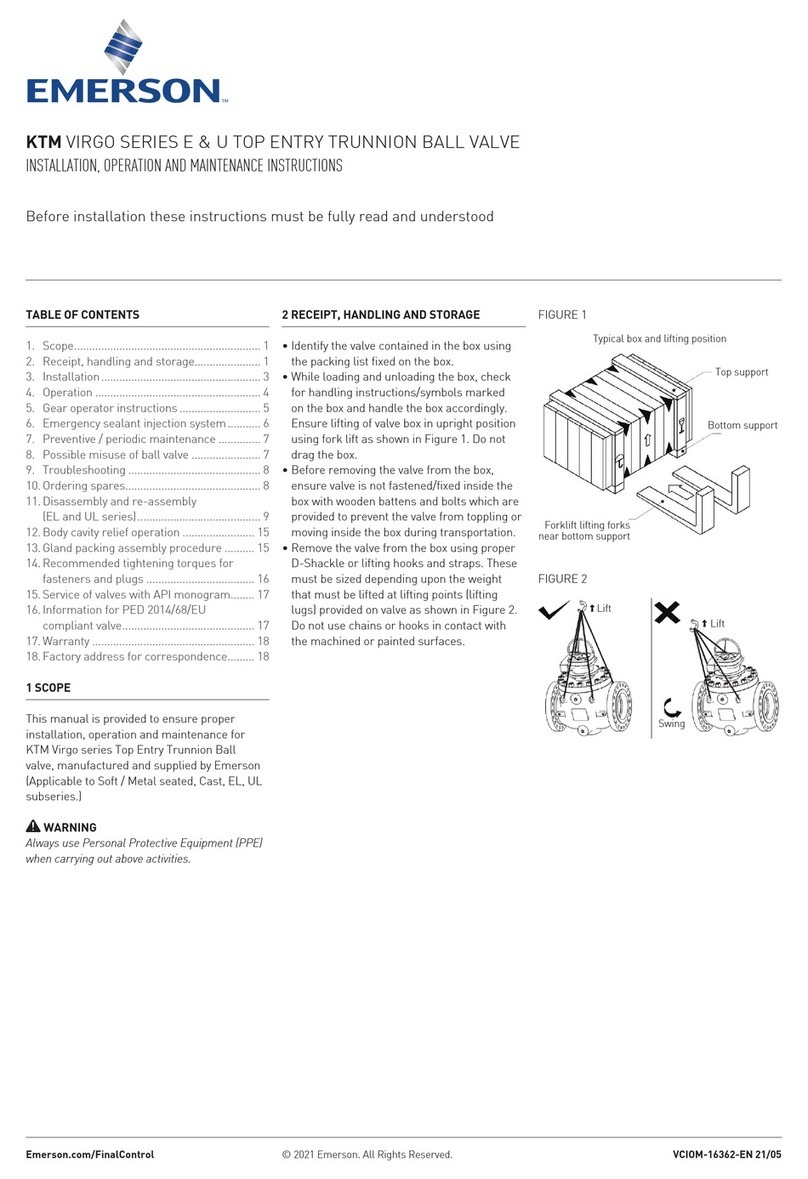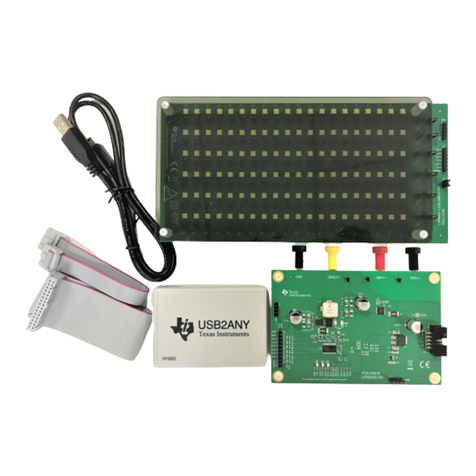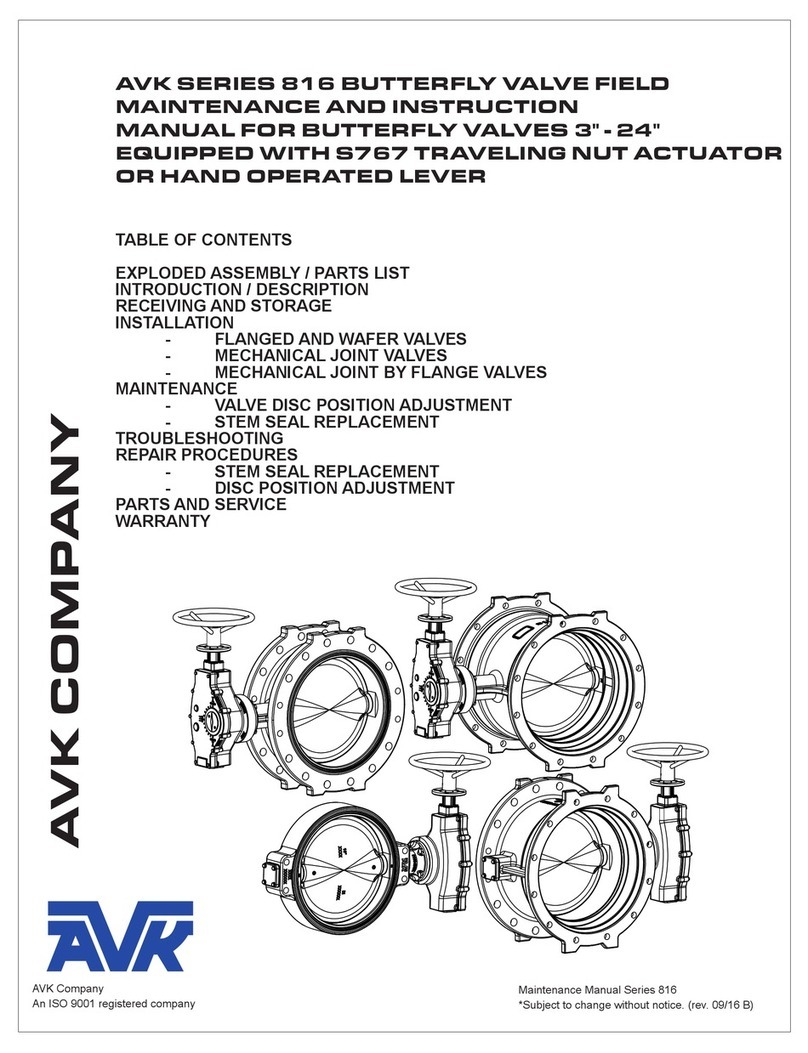
501651 Issue 13
6.1. Transducer
The MACH 1 5 kHz Series range of Transducer coil assemblies are designed for protection against dust and water to IP66, making them suitable for use
in harsh environments. Designed to be rugged and yet still cost effective, these devices offer the Customer all the attributes associated with LVDT’s. A
variety of combinations and accessories are available as options.
6.1.1. Introduction
The MACH 1 5 kHz Series range of transducers operate on the LVDT principal, where movement of a core inside the transducer body is detected by a
differential change in output on two secondary coils, the primary coil(s) being energised by an appropriate AC signal. With the core in a central position,
the coupling from the primary to each secondary is equal and opposite and therefore cancel out, thus the resultant output voltage is zero. As the core
is displaced further into one secondary, its voltage increases proportionally and the other secondary voltage decreases, hence the output changes in
magnitude and phase in proportion to movement in either direction from null.
The red and white connections are in phase for inward movement (ie. towards the cable end).
The output signal depends on both core movement and energisation voltage and is expressed as a sensitivity in mV output / V energising / mm travel.
6.1.2. Installation
LVDT transducers generally are a reliable and proven technology that is well established in all areas of manufacturing and control industries. The majority
of the associated problems experienced with their application and use are totally avoidable, particularly if sufficient thought is given during the initial design
stages of equipment, to the positioning and clamping methods employed for these feedback elements.
LVDT’s being of inductive nature are susceptible to some degree to the influence of magnetic fields and therefore should be positioned well away from
electric motors, relays and permanent magnets, where this is not possible then magnetic shielding should be considered as an alternative.
Clamping of the coil assembly should be carefully considered, some example methods are shown overleaf. Ideally the body of the transducers should be
clamped centrally in a pinch or yoke type clamp, manufactured from a low conductivity, non-magnetic material, if this is not possible then the introduction
of a non-metallic bush between body and clamp is a preferred alternative.
18
6.0: Application Notes
6.0: Application Notes




















